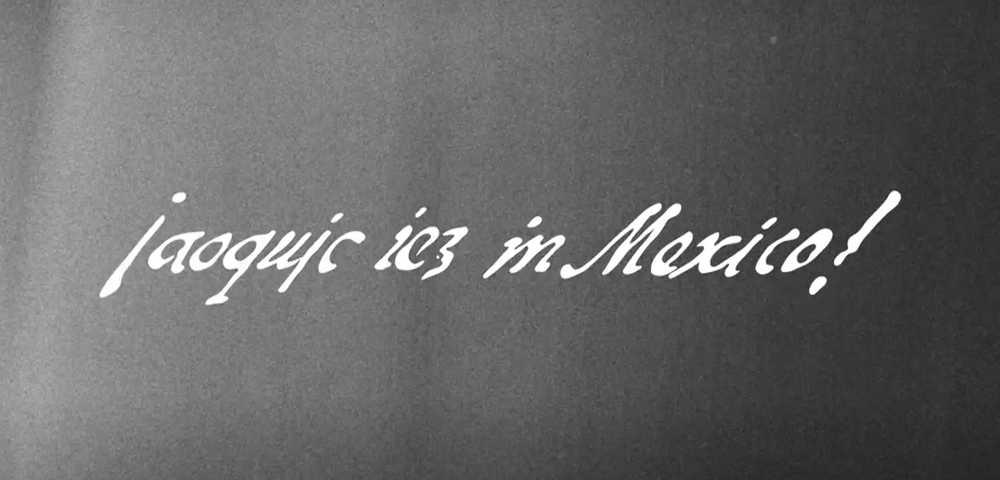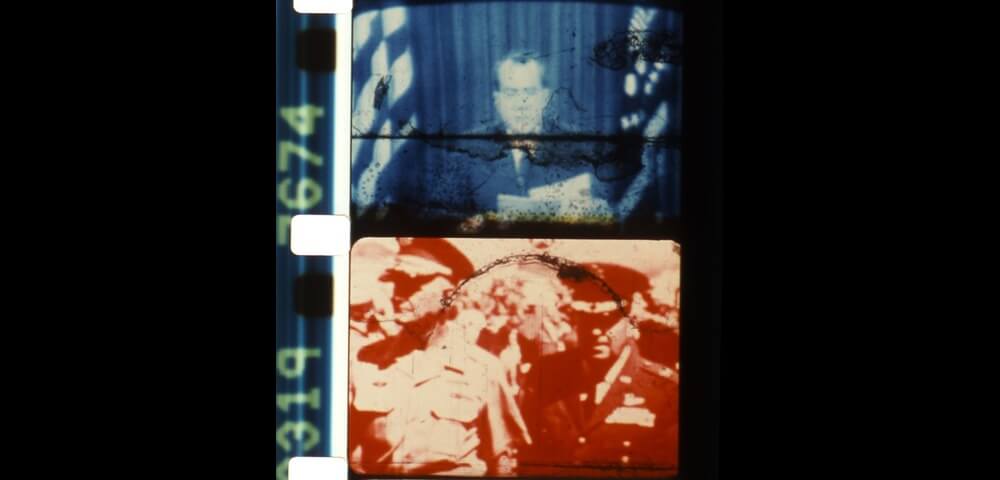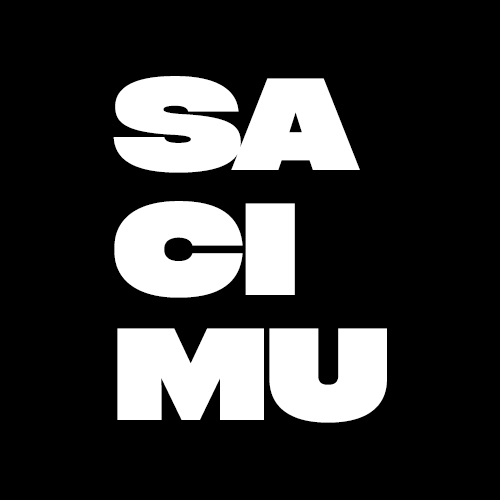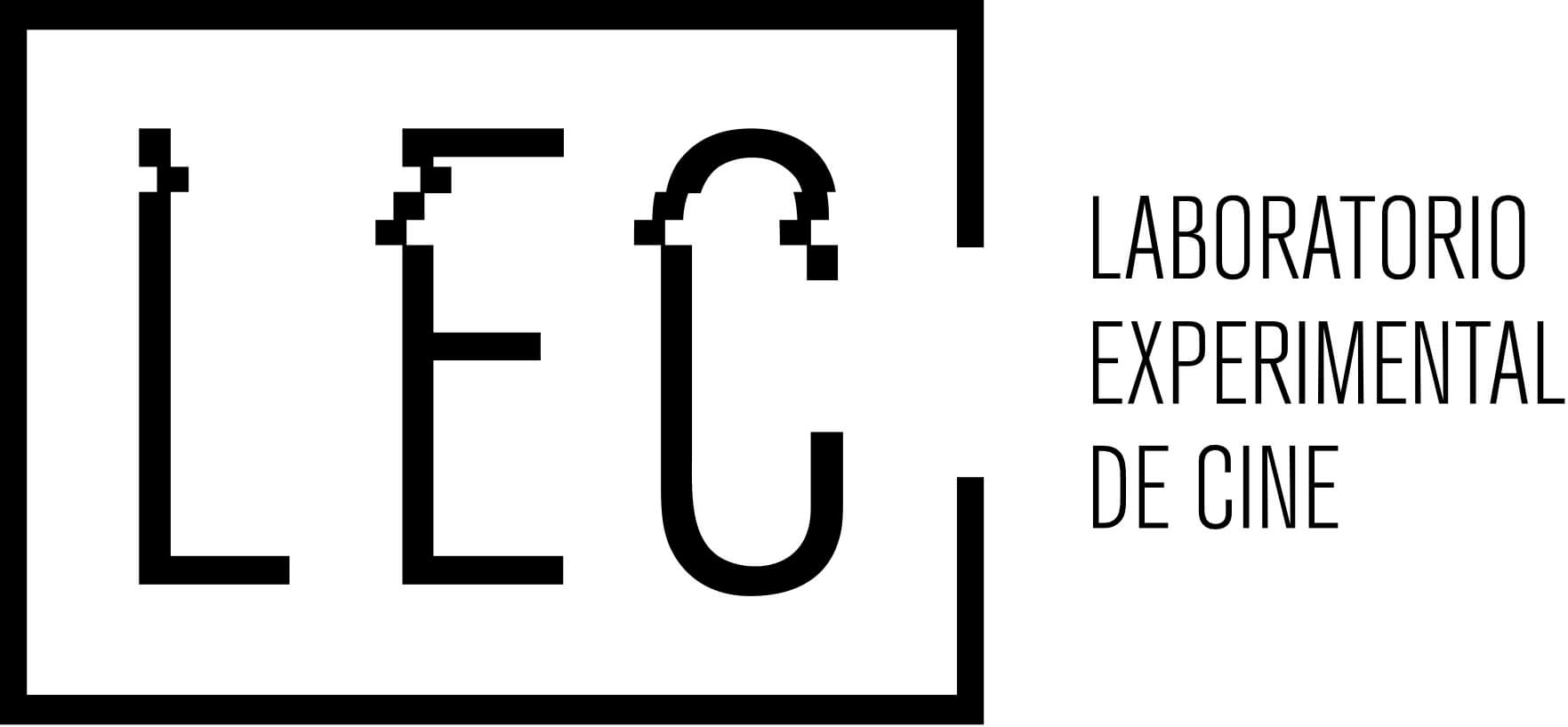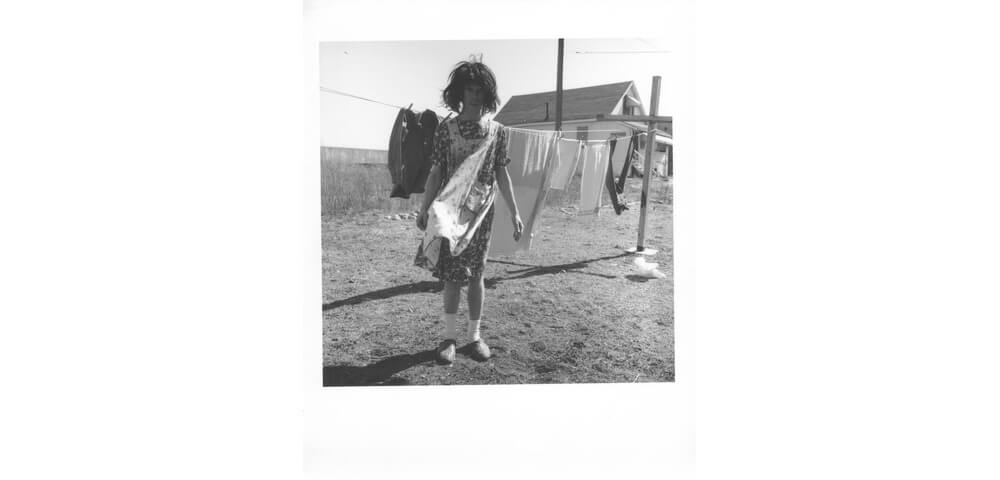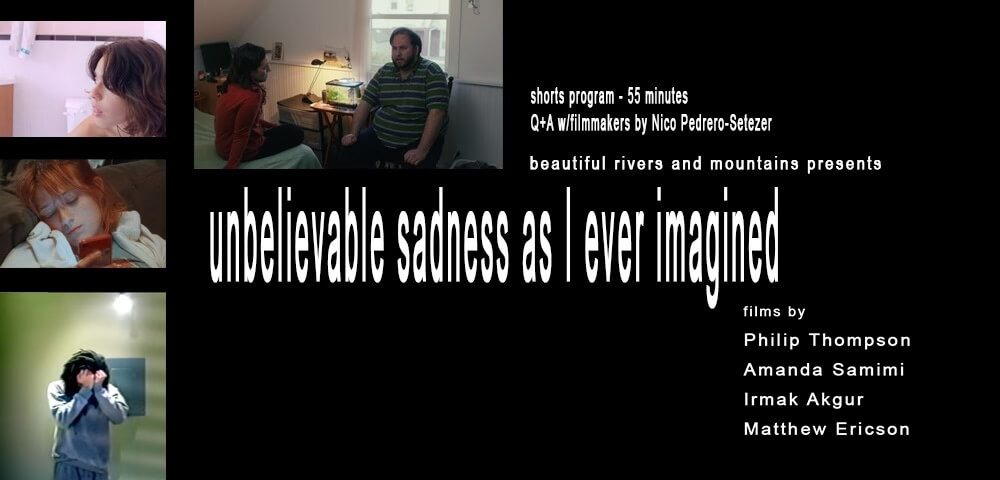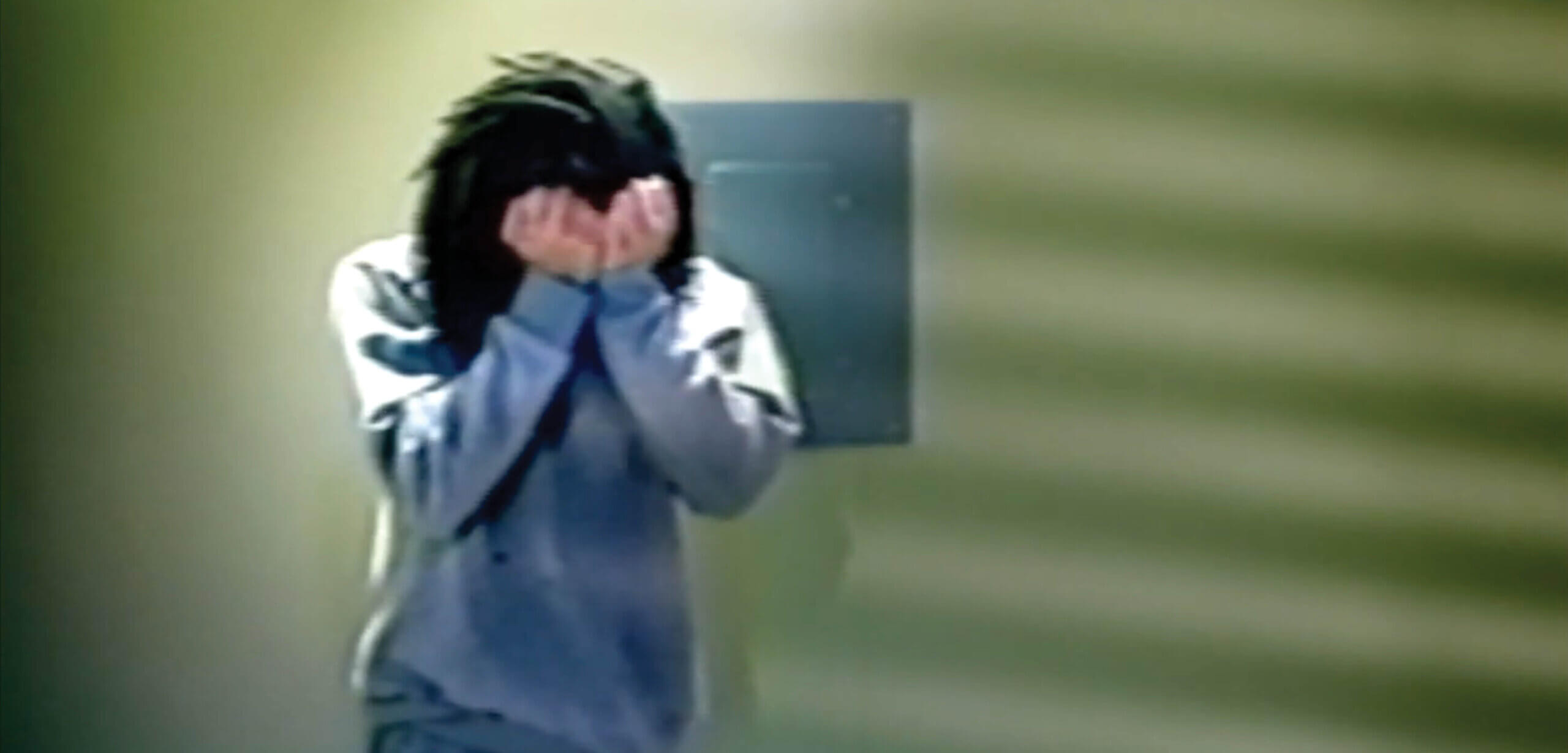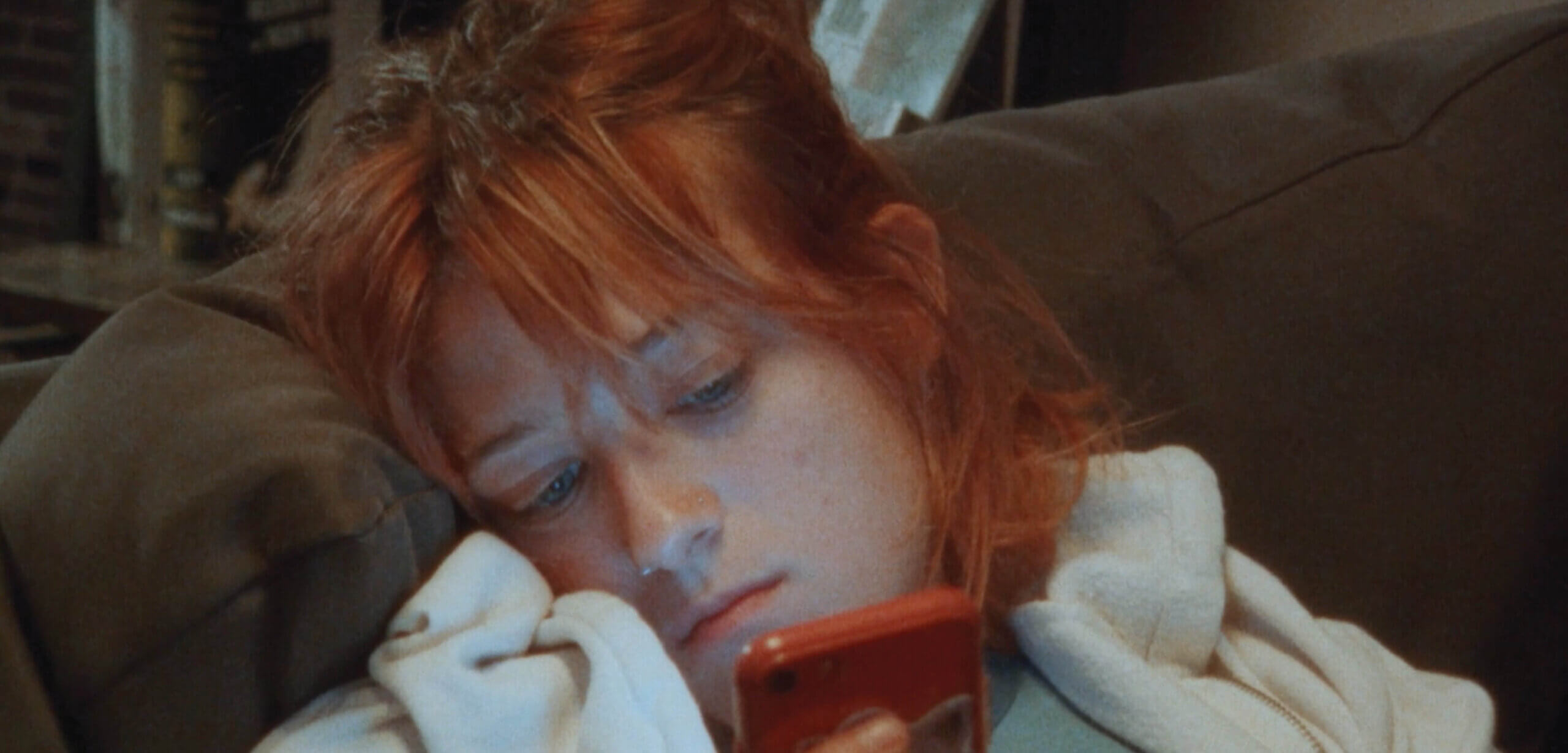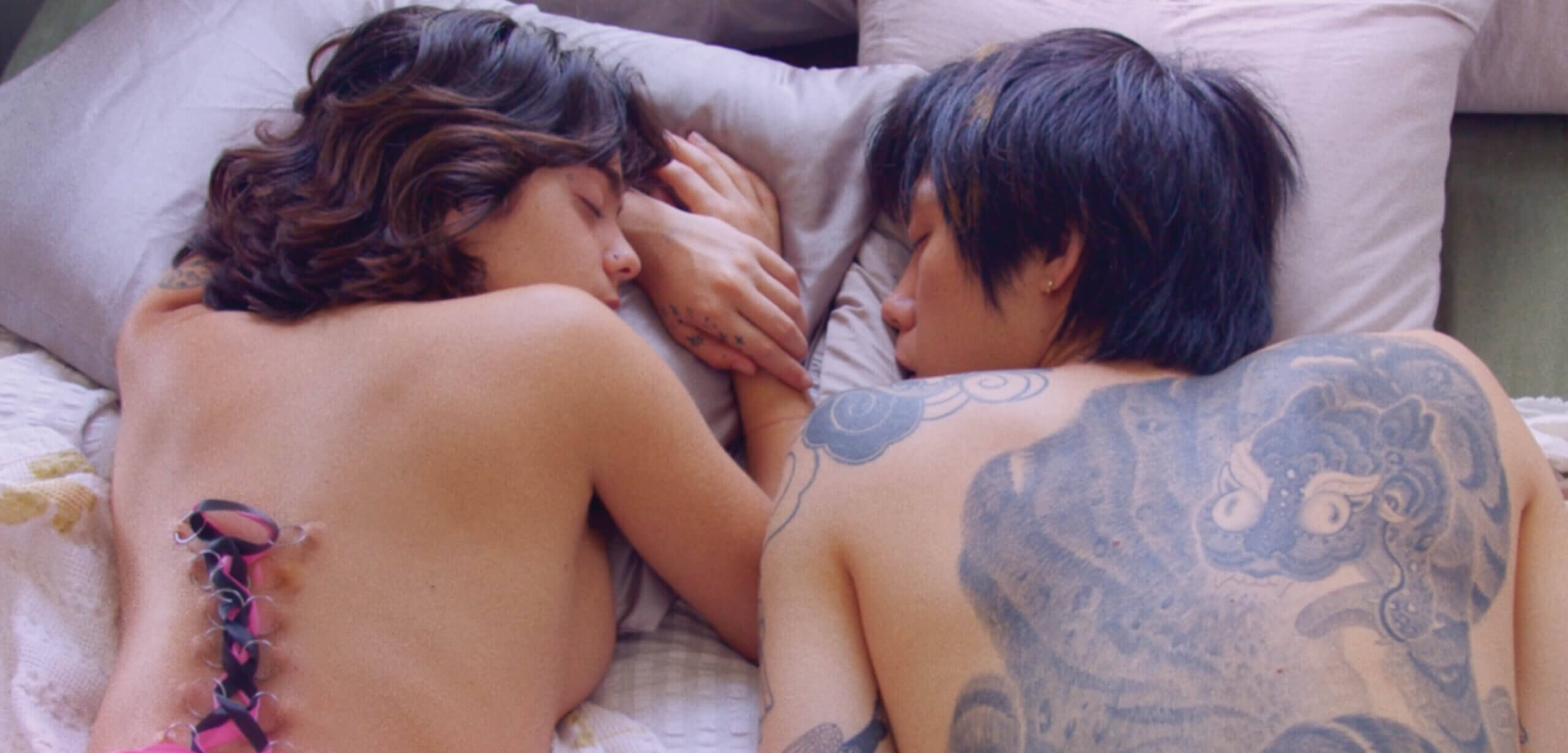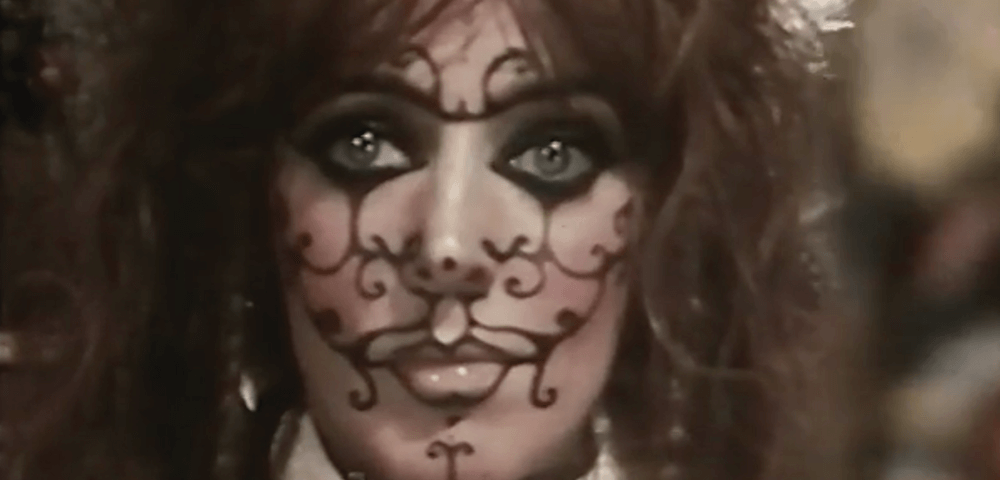
VALI: THE WITCH OF POSITANO
Dir. Sheldon Rochlin and Flame Schon, 1967
United States / United Kingdom / Italy, 62 mins
In English
WEDNESDAY, APRIL 30 – 7:30 PM
It is in the bohemian’s nature to be a multihyphenate—or in the multihyphenate’s nature to be bohemian. Take Vali Myers, an Australian artist, dancer, and occultist, and self-proclaimed “creatrix.” She’s the captivating subject of Sheldon Rochlin and Flame Schon’s 1965 documentary Vali: The Witch of Positano. Instantly recognizable by her shock of red hair, facial tattoos, gold teeth, and kohl-lined eyes, Myers procured art related to her many talents: surreal, fluid paintings and drawings which revolved around primogenial magic and femininity, often depicting arcane supernatural figures. Myers was born in Sydney in 1930 to a merchant navy officer and a violinist, and by age 14 she had moved to St. Kilda, where she worked in factories and as an art model to pursue dance, her main passion beyond drawing.
By 17, Myers was lead dancer of the Melbourne Modern Ballet Company, and two years later she boarded a ship to Paris. The city was ravaged by war, and Myers, unable to find work, fell into a subculture of refugees, writers, and artists. (During this time, Dutch photographer Ed van der Elsken photographed her for his seminal roman à clef Love on the Left Bank and made her the lead of his 1972 film Death in Port Jackson Hotel.) Myers was imprisoned multiple times for vagrancy and eventually expelled from Paris, only to return years later, at which point her artwork was discovered by The Paris Review‘s George Plimpton (a portfolio of her drawings ran in the magazine’s spring 1958 edition).
Flitting between Europe, Melbourne, and New York, Myers developed an artistic network, associating with figures like Abbie Hoffman and Patti Smith, and was encouraged to exhibit her talents by Andy Warhol and Salvador Dalí. After leaving Paris to quell her opium addiction, Myers settled in Positano in Southern Italy, where her cottage by the sea became a wildlife sanctuary, as if plucked from a fairy tale. Several films were made about Myers and her artistry, including Death in Port Jackson Hotel, Vali’s World (1984), Vali’s Diary (1984), The Tightrope Dancer (1989), and Painted Lady (2002), but none were as local to the most earnest slice of her life as Vali.
Spectacle is pleased to host Toronto-based critic and curator Saffron Maeve for a special event. Her series Contours is dedicated to films that thematize arts like painting, sculpture, sketching, and performance. In Rochlin and Schon’s hourlong experimental documentary, we visit Myers at her Positano dwelling, where she is seen dancing, chatting with friends and visitors, rolling in bed with her lover, tending to animals, engaging in occult rituals, and briefly painting. The film hop-skips between reality and phantasm, acting as an affective archive for this nonconformist artist to play within. Dreams are indulged, fantasies are taken as fact, and oblique rituals make for hyperreality. It’s clear Myers’ flavor of celebrity is unusual, but the filmmakers tend to both her worldview and public perception, keeping in mind that art is rarely made consciously.
Special thanks to Saffron Maeve and filmmaker Flame Schon.

